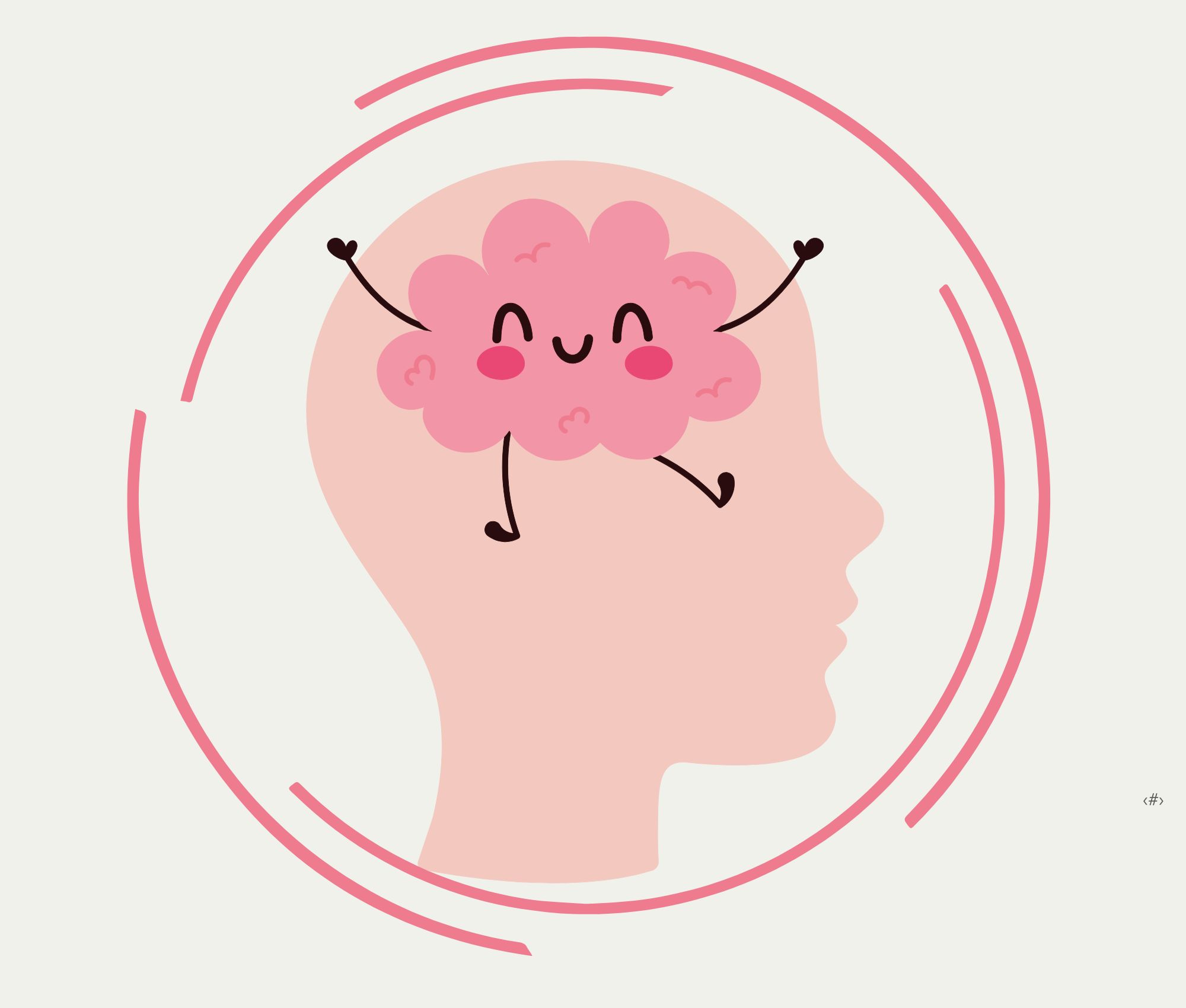Overcoming Barriers to Gratitude

While cultivating gratitude can enrich our lives, it isn’t always easy. There are common barriers that can block us from noticing, expressing, or feeling grateful. Even small obstacles can prevent us from experiencing its full benefits.
Common Challenges to Gratitude
- Habituation: We can become so accustomed to the good in our lives that it fades into the background. For example, you might take for granted that your partner unloads the dishwasher or that you have the convenience of Zoom for remote work. Pausing to notice these “everyday gifts” keeps them alive in our awareness.
- Hedonic treadmill: It’s tempting to think we’ll feel grateful only after acquiring something new like another latte, a new gadget, or a different job, but happiness doesn’t come from constant accumulation. Gratitude shifts our focus from what’s missing to what’s already present.
- Challenges and hard times: When life is dark, it can feel impossible to find anything positive. Trauma, loss, or intense stress can make gratitude seem out of reach, but it’s precisely during these moments that practicing gratitude can build resilience. Reframing past experiences, acknowledging lessons learned, or recognizing the support of others can help us reclaim gratitude even after difficult times.
Embracing “Both-And” Thinking
Gratitude doesn’t require ignoring difficulty. Instead, we can embrace a “both-and” mindset: acknowledging sadness, frustration, or anger while also noticing what we are grateful for. I often reflect on challenging experiences, like demanding projects or tense family moments, and recognize the growth and insight they brought. Practicing this both-and thinking allows gratitude to coexist with life’s complexity.
Practical Tips for Overcoming Barriers
- Start small: Even one positive moment on a rough day matters.
- Get specific: Detail makes gratitude tangible. Instead of “Thanks for your help,” try “I appreciate how you organized the meeting agenda—it made everything run smoothly.”
- Keep a “love notes” file: Save emails or letters of thanks and revisit them for a boost. I have a folder called “love notes” filled with heartfelt messages that remind me of the good in my life.
- Create structured rituals: Weekly family or household meetings, or partner check-ins, can start with appreciations to build a consistent practice.
Gratitude at Work
Workplace gratitude often lags behind personal and family life. Many employees feel unseen, especially in hybrid or high-pressure environments. Leaders can cultivate a culture of appreciation by asking how people want to be recognized, acknowledging behind-the-scenes efforts, and taking authentic, specific actions to express thanks. Even during crises, gratitude can provide perspective, reveal resilience, and strengthen collective effort.
Takeaway
Gratitude is a practice that requires awareness, intention, and persistence. By noticing the good, expressing appreciation, and overcoming the barriers that hold us back, we can cultivate a mindset that nourishes our emotional and physical wellbeing, strengthens relationships, and enhances resilience, both at home and at work.


.png)